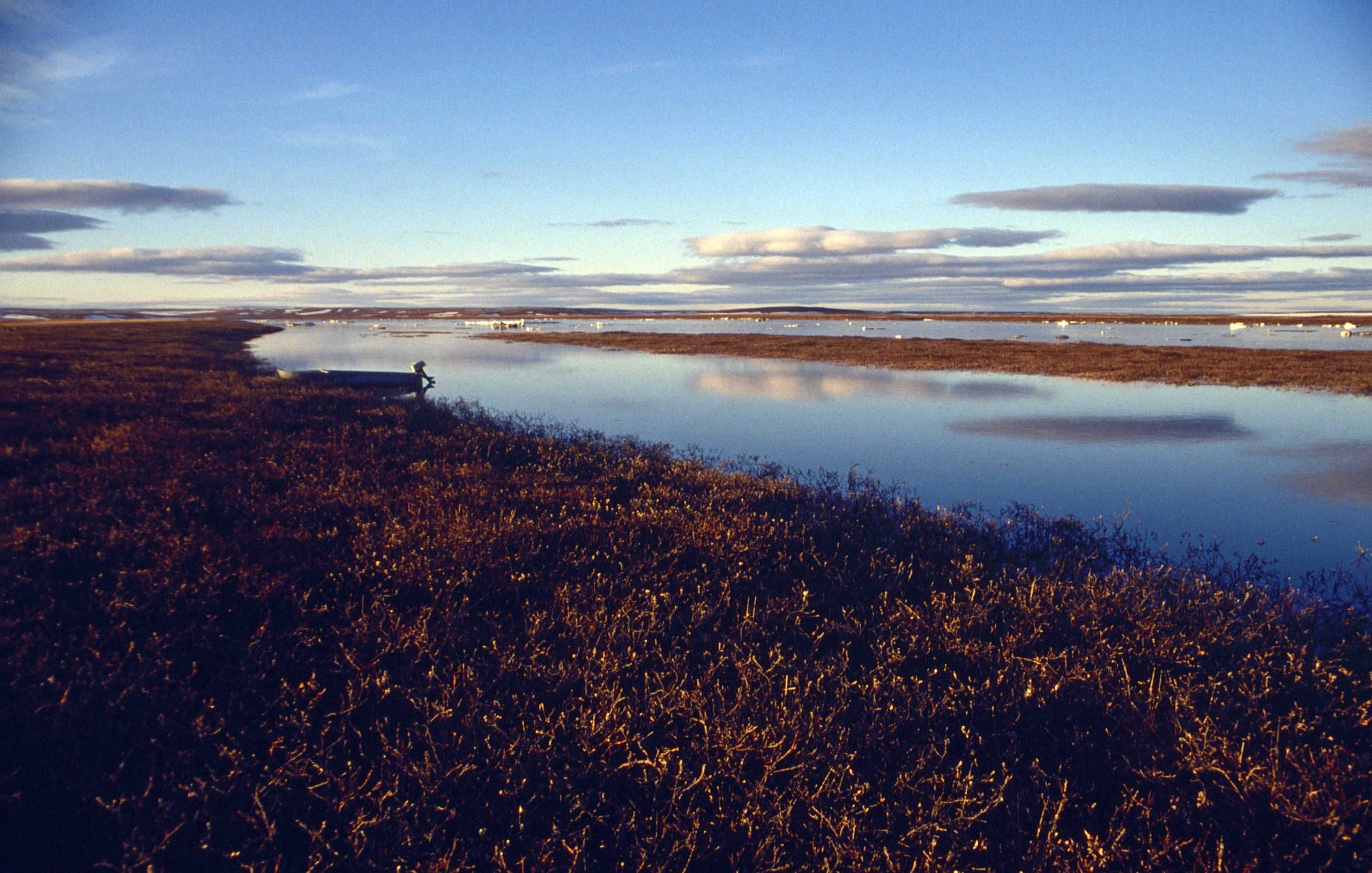This year was the 30th anniversary of the first biological expedition to Taimyr performed by representatives of the Academy of Science in Moscow and WWF-Germany. Natalia Malygina worked that time as a scientist for the Taimyrsky Zapovednik in Khatanga. She followed the protected area development, which resulted from the Russian-German cooperation in the 1990s. Today she works as a lecturer and researcher at the Ural Federal University. She promotes the Taimyr national park-initiative to fill the last gap in a complete South-North transect of protected areas on the North-Siberian peninsula. In the following interview, LT&C is asking Natalia about the present status of her initiative:

Natalia, what was the original reason you started the Taimyr national park initiative?
Taimyr is the Siberian peninsular of superlatives. Several of its attractions could be of interest for eco-tourists and natural science visitors: It is not only the northernmost part of mainland Eurasia but also the most extensive continuous tundra area of the entire continent. Taimyr represents the highest diversity of tundra habitats and ecosystems and is one of the largest unfragmented wilderness areas of Russia and the Arctic as a whole. It is the crucial breeding area for several shore- and water-bird populations on the Northeast end of the East-Atlantic Flyway. And it hosts the largest wild reindeer population and the biggest (reintroduced) muskox population of Eurasia. There is no better area in the world, where the natural phenomena of lemming cycles and the dependence of other wildlife on it can be studied. Besides the biological treasures, the peninsular on its southern border is inhabited by a unique diversity of indigenous peoples groups, often operating as reindeer herders. Altogether, Taimyr could serve as an ideal site, where the climate adaptation concept of providing protected corridors, where habitats and ecosystems can move, could be applied.
What is the today situation of the protected area network on Taimyr?
Besides the already mentioned superlatives, Taimyr today has one best coverage of protected areas in Russia. More than 20% of the large peninsular is very well preserved by strict nature reserves, such as the Taimyrski Zapovednik in its centre part, or the Great Arctic Reserve in the North, and other types of protected areas. What is still missing, although discussed already 30 years ago, is a link between those two zapovediks, so that an entire South-North corridor could cover the complete sequences of the tundra habitats of the peninsular. To ensure this corridor could be significant in times of climate change and new industrial development interests, growing all over in the Arctic. To design this missing link as a national park could increase investment of eco- or nature-based tourism and provide a base for increased understanding and support of sustainable development on Taimyr.
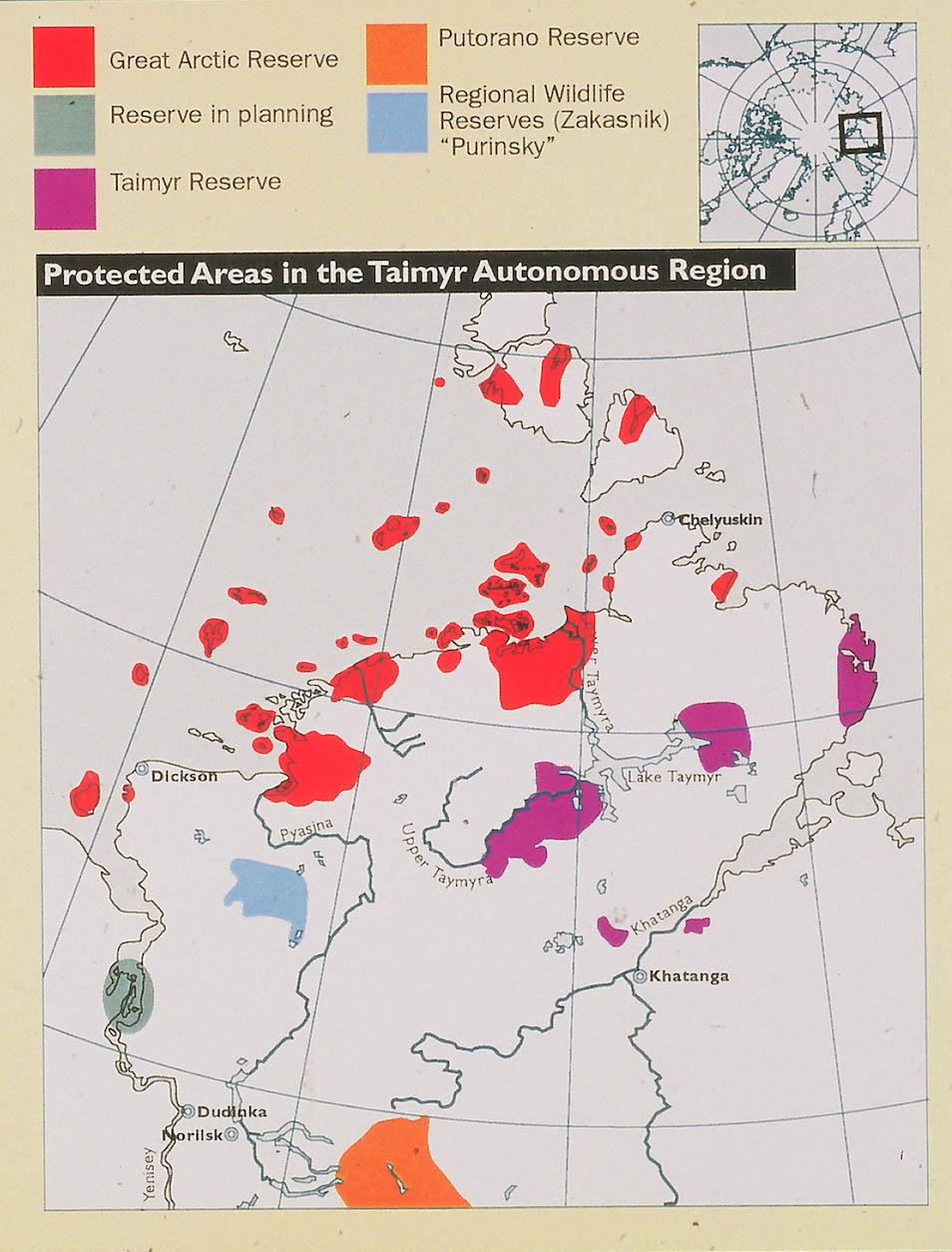
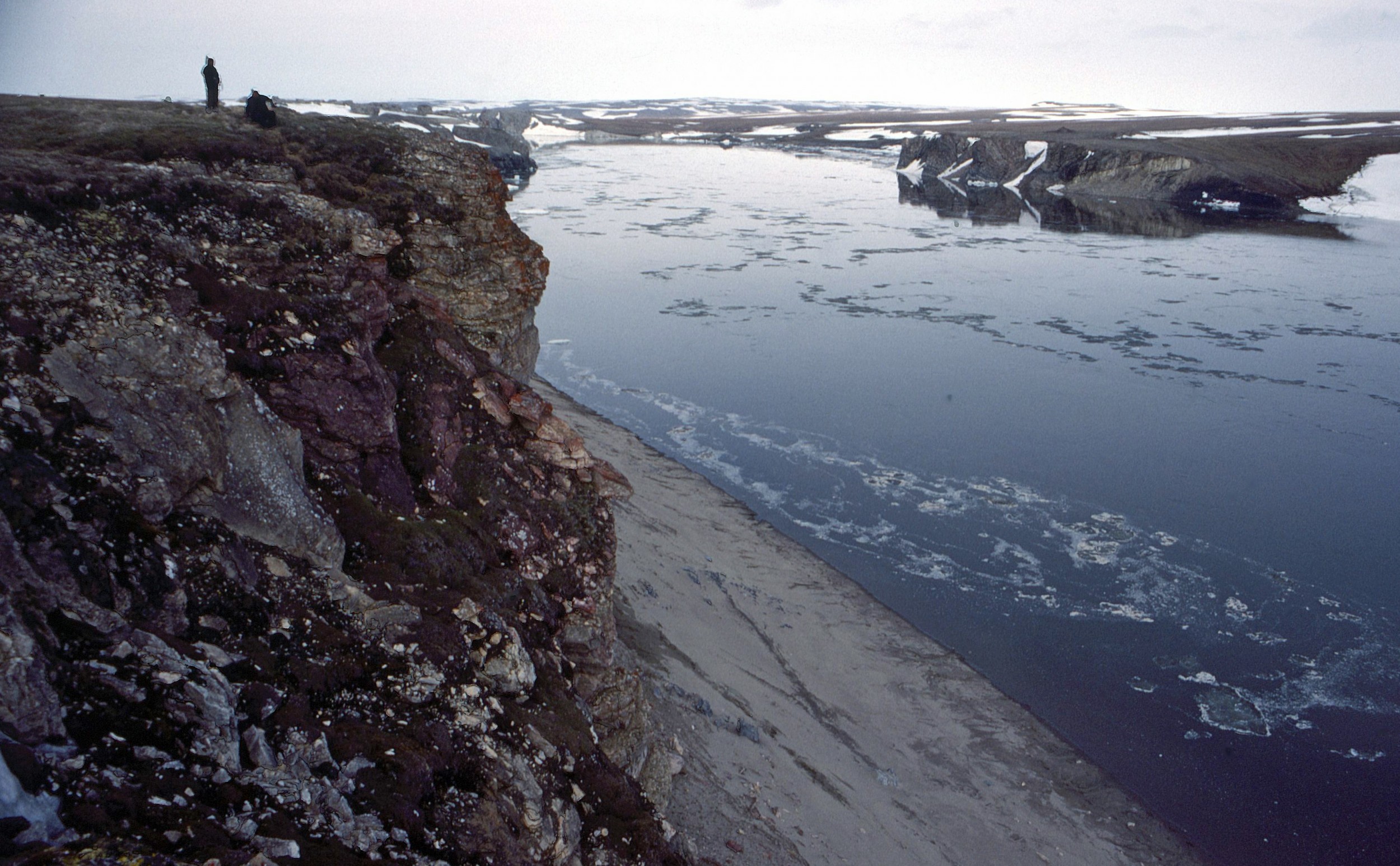
Shrenk River: here in 1989 the national park idea was born 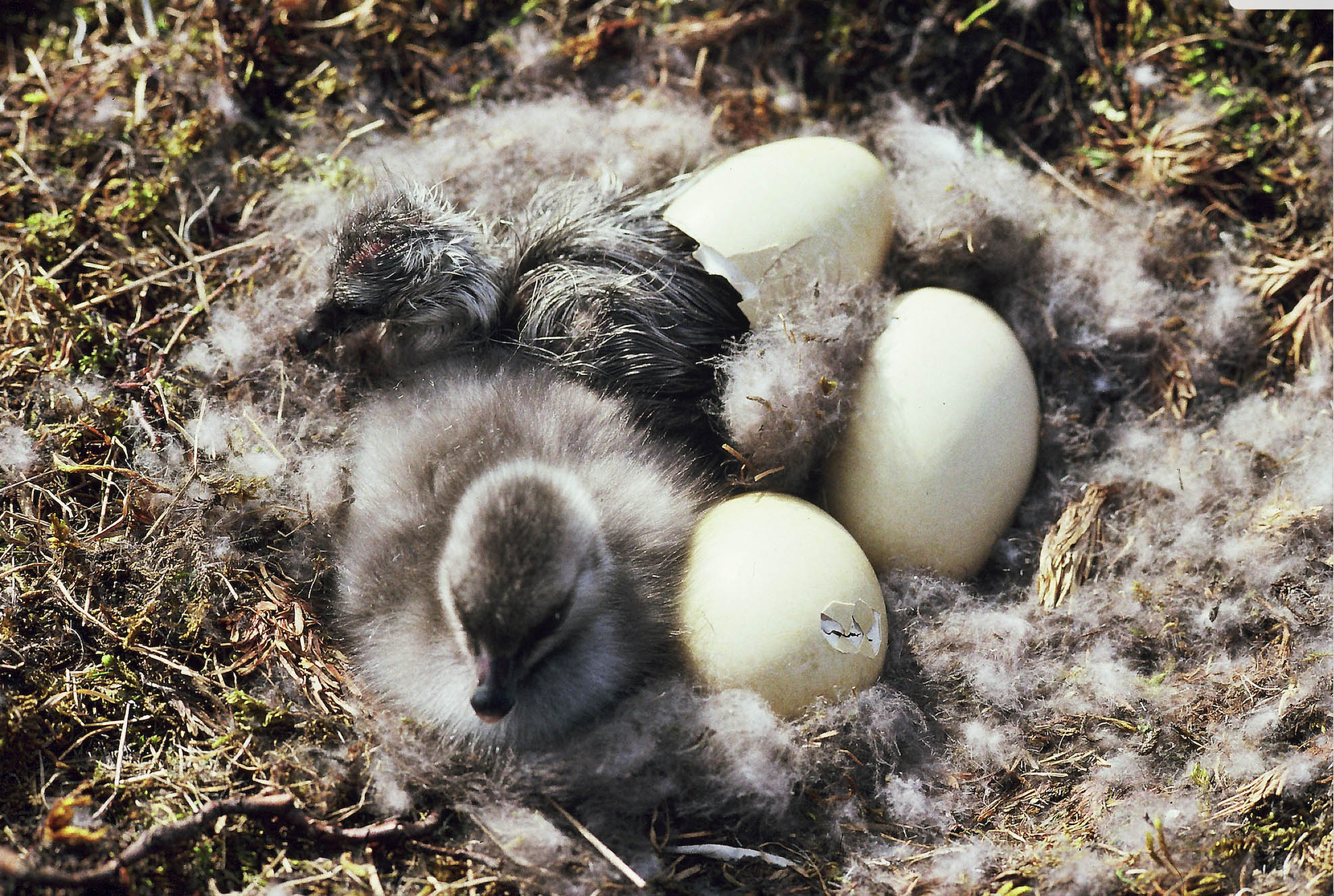
Hatching brent geese. Photo: Peter Prokosch
Is the Ural Federal University supporting your initiative and involved in any way? What about WWF-Russia?
For the Ural Federal University, I present the scientist with the primary and most comprehensive work regarding nature conservation issues of Taimyr and with the focus of getting the national park initiative implemented. From WWF-Russia, I have not received much interest in the national park initiative yet.
What kind of response have you got so far from relevant regional or federal governmental institutions?
I have not yet received an official response from governmental institutions. I still need to find the right contacts and channels to discuss my initiative.
What are your further plans to promote the initiative and how likely do you think it once will be implemented? How can LT&C support a positive development to complete the protected area network on Taimyr?
This year and with facilitation of LT&C, I had the chance to present my work and ideas for the Taimyr National Park Initiative at the Northern Sustainable Development conference of the Northern Forum in Yakutsk. I, therefore, hope that the Northern Forum may also in the future provide some connections to relevant regional governmental bodies and support my ideas in principle. Maybe LT&C could further help to link up with related non-governmental organisations and institutions, such as the Slava Fetisov Foundation, WWF or LT&C-partner “Zapovednik Centre“. The chance that the Taimyr National Park once will be implemented indeed grows with more governmental, non-governmental or research institutions are getting interested in it. And maybe tourism interests could also play an important role.
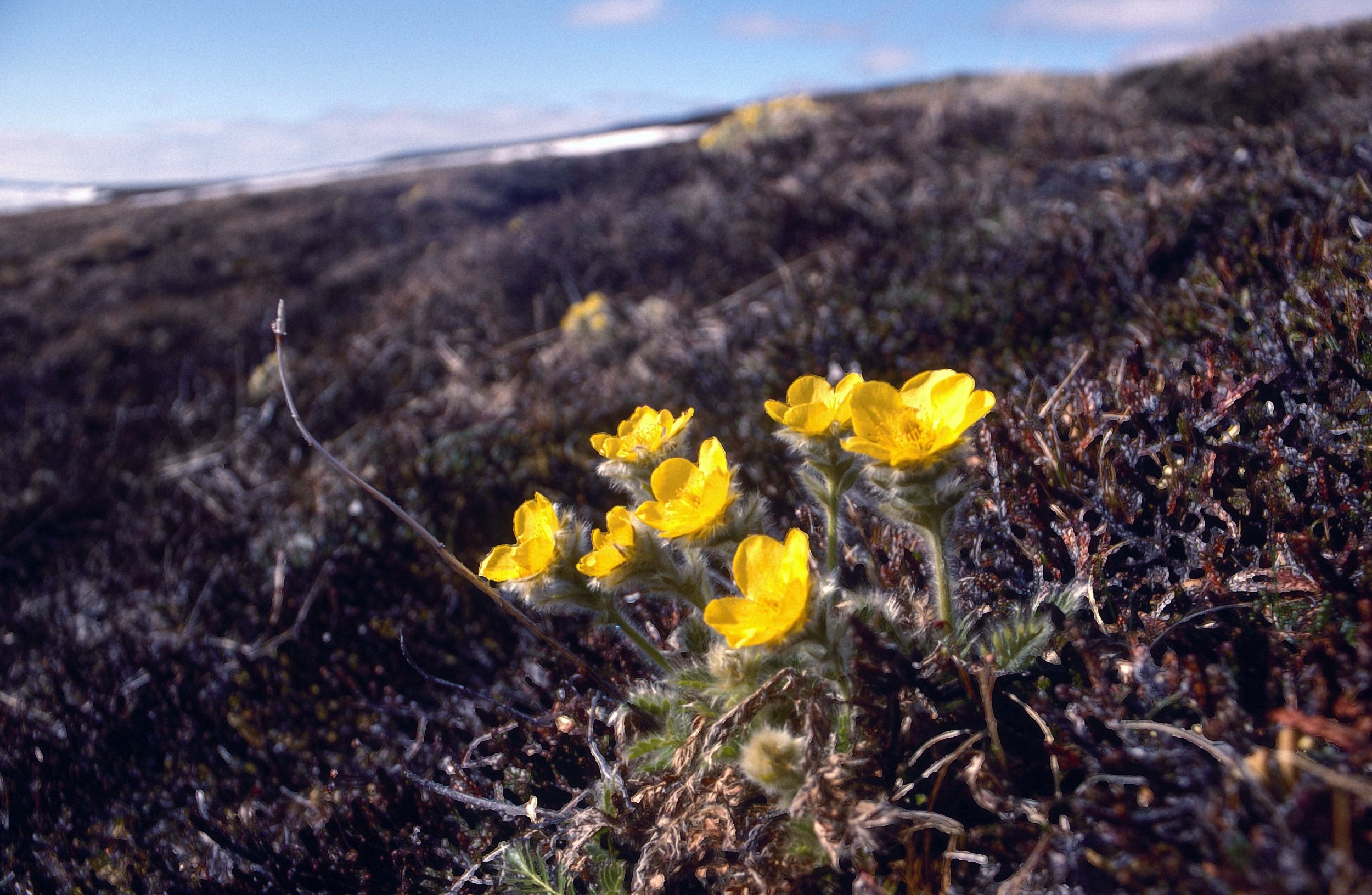
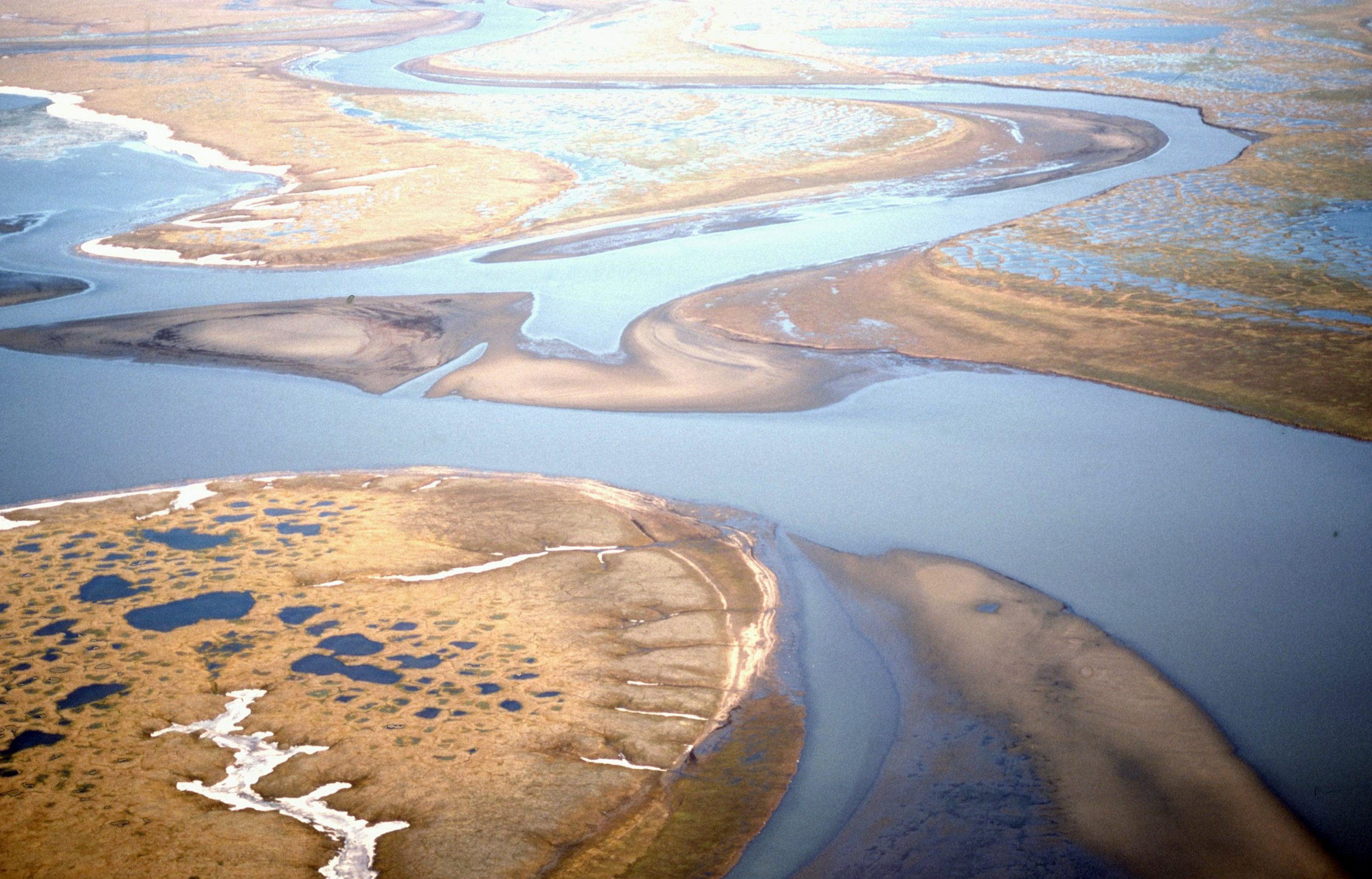
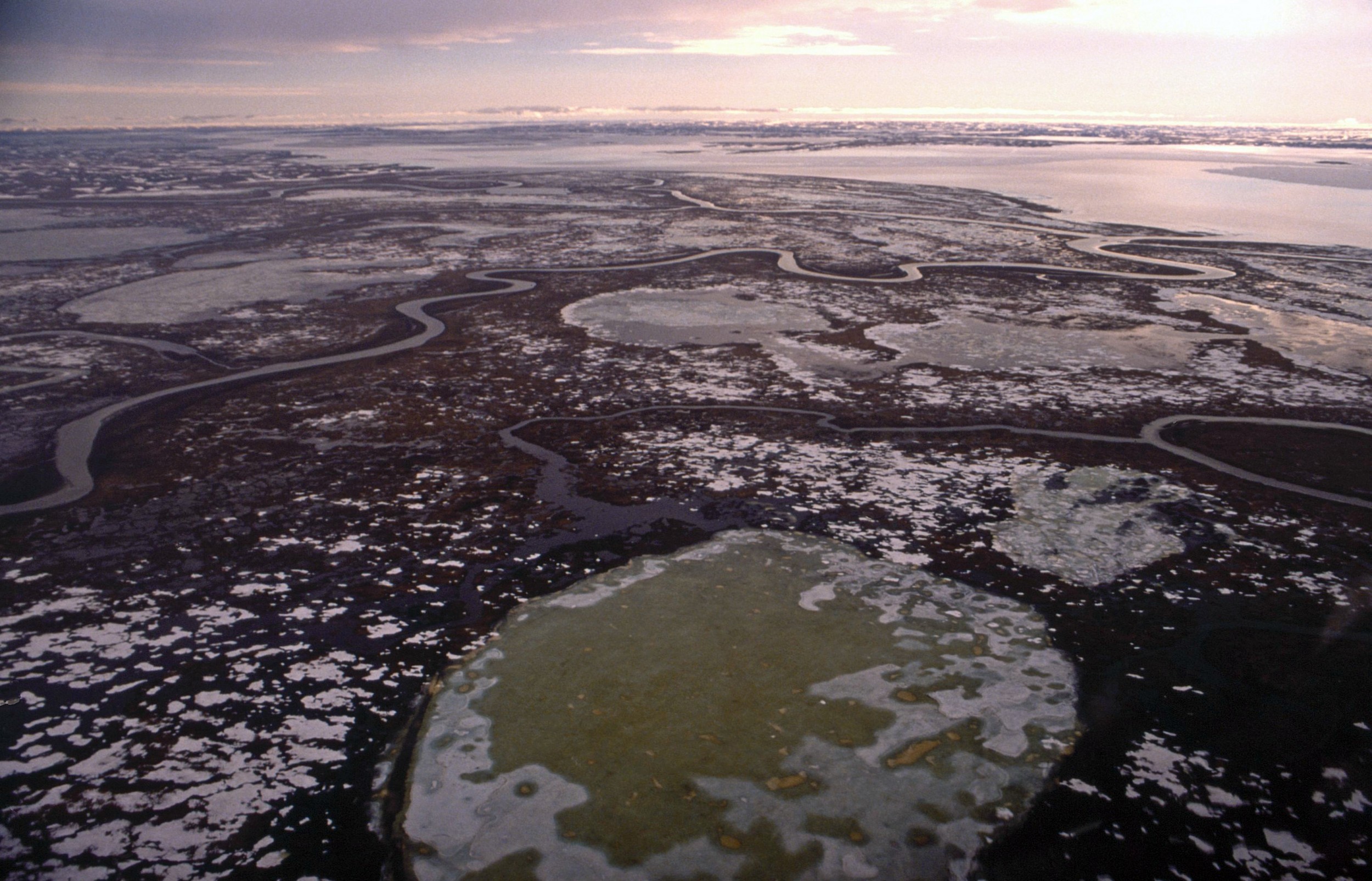
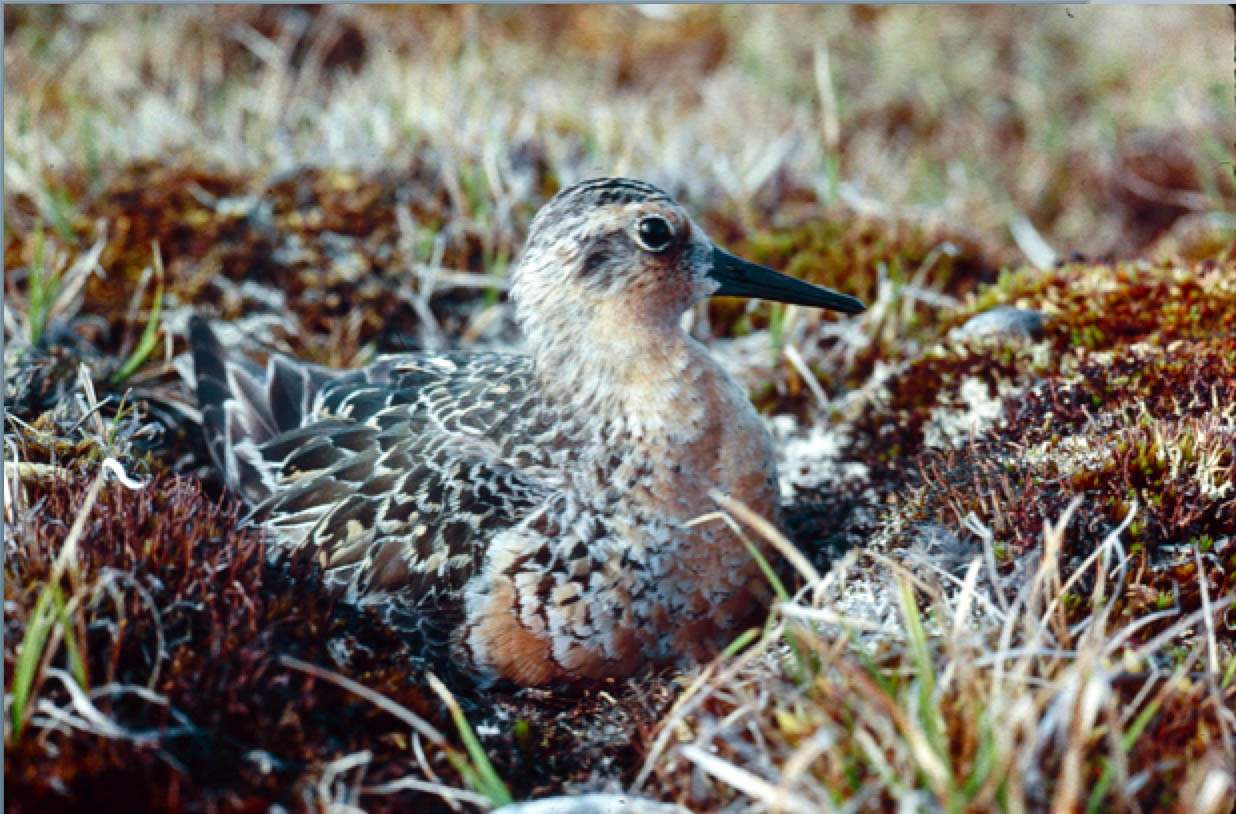
Breeding Knot (Calidris c. canutus), Sterlegova, Taimyr. Photo: Peter Prokosch

